Nutrient use and nutrient requirements for turfgrass
In presentations at the Eastern Pennsylvania Turf Conference and Trade Show (view handout here), I introduced the nutrient use and nutrient requirement talks by discussing the Park Grass experiment at Rothamsted. Do you know about this experiment? It is the longest-running ecological experiment in the world, with a start date of 1856. And it is on permanent grassland, with many species used as turfgrass growing there.
- Park Grass experiment
- Park Grass article in the USGA Green Section Record
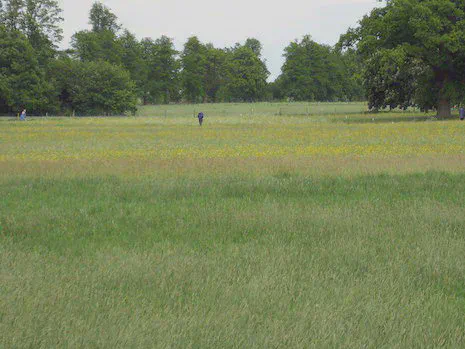
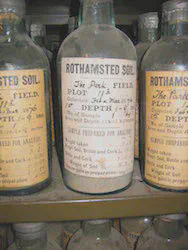
What does this ecological experiment have to do with nutrient requirements for turfgrass? Well, the results of the Park Grass experiment show that many species used as turfgrass can grow well at lower nutrient levels than one might expect, and certainly at lower levels of soil nutrients such as potassium and calcium than weedy species such as dandelion.
The minimum levels for sustainable nutrition (MLSN) guidelines can be used to ensure that turfgrass plants are supplied with the necessary amount of nutrients, while avoiding overapplication of any nutrient. This article in the January 2014 issue of Golf Course Management explains how the MLSN guidelines were developed and how they can be applied.
In the presentations, I showed how a temperature-based growth potential can be used to estimate how much the grass will grow and consequently how much of each element will be used.
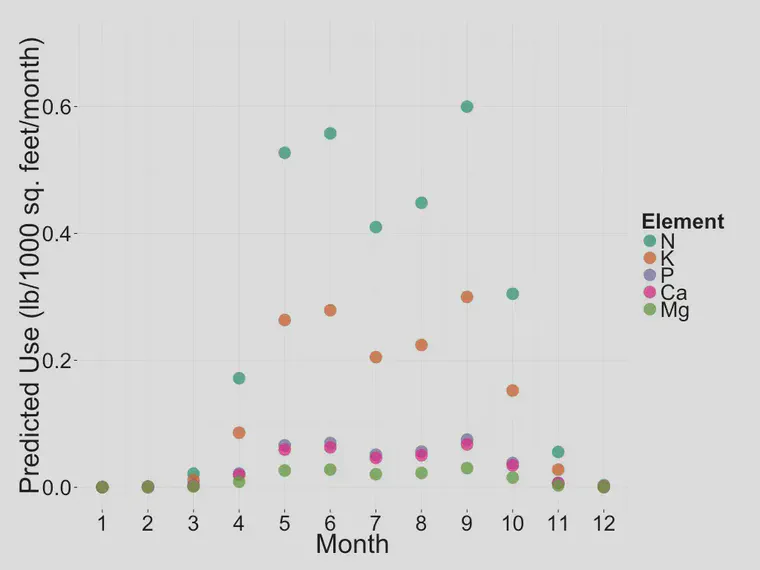
Based on growth potential calculated from average temperatures at Philadelphia, I estimated how much of primary and secondary plant nutrients would be used by the grass each month. Then, adding those values together, one can get an annual estimate of nutrient use.
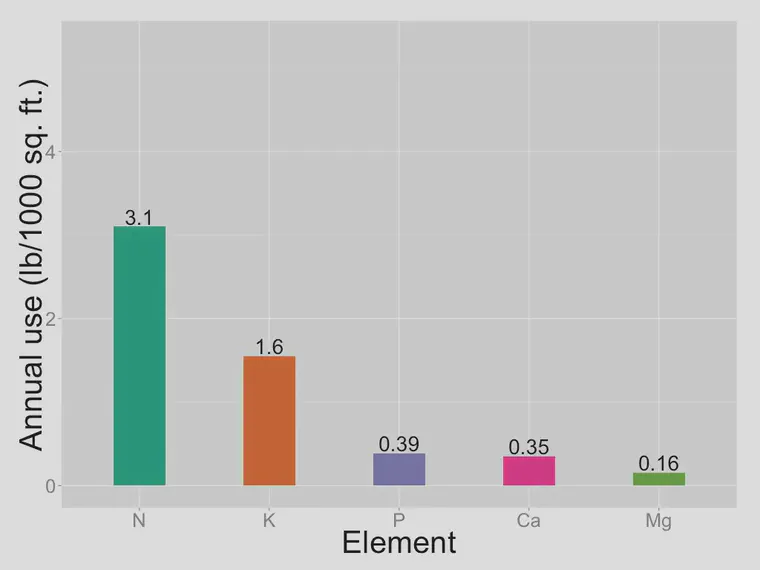
I showed how waterfall charts can be used to look at an annual mass balance on an element-by-element basis, incorporating the amount in the soil and the MLSN guideline to ensure the grass will always be supplied with enough of each element.
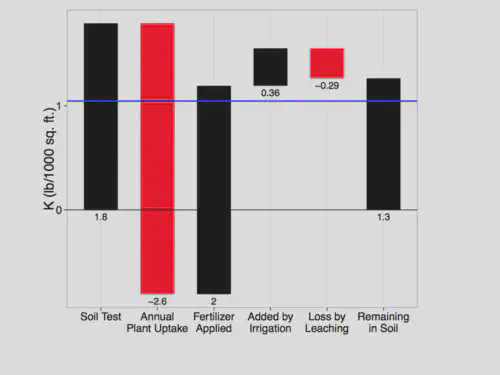
After the conference, I studied the 2013 weather data for Philadelphia and calculated the daily growth potential based on temperatures in 2013. Each point on this chart is the growth potential for cool-season grass for that day of the year, in Philadelphia, and the black line through the chart is the 15 day running average of growth potential through the year.
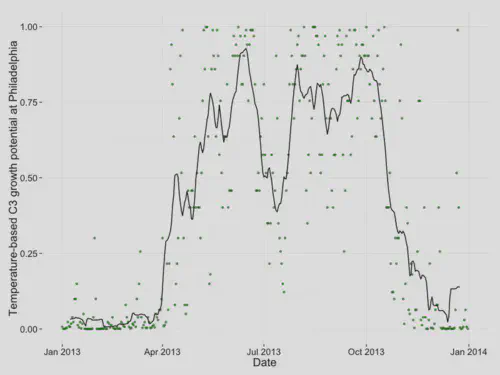
From these data I estimated the nitrogen use again and compared to what I discussed at the conference. Based on climatological normals data, I estimated 3.1 pounds of N/1000 ft2/year if the maximum monthly N were 0.6 pounds/1000 ft2, and 5.2 pounds of N/1000 ft2/year if the maximum monthly N were 1 pound/1000 ft2.
Using the 2013 data and daily growth potential, I made the calculations and got estimates of 3 pounds and 5 pounds of N, respectively.
It was a great pleasure to see so many old friends and meet new ones at the conference. I would like to thank the conference organizers, especially Mike Fidanza from Penn State University, for inviting me and allowing me to talk about these exciting new (and historical) topics. I had a great time and I am looking forward to more discussion about these topics in the future.
